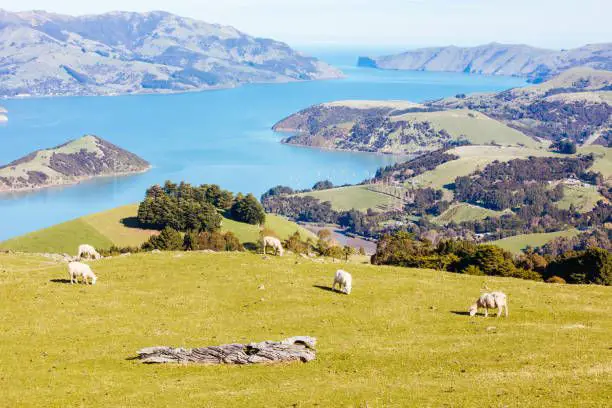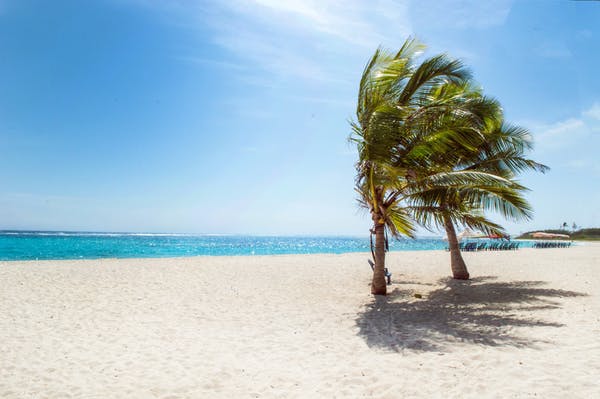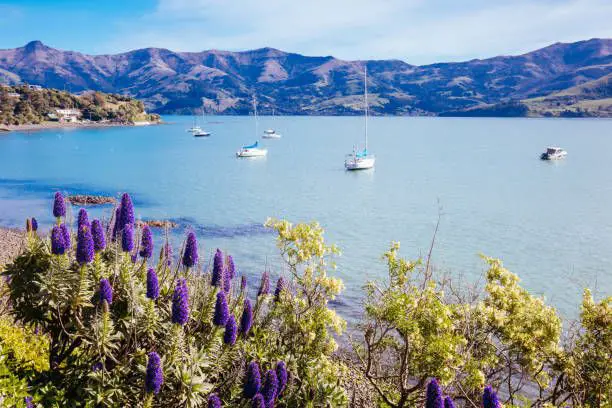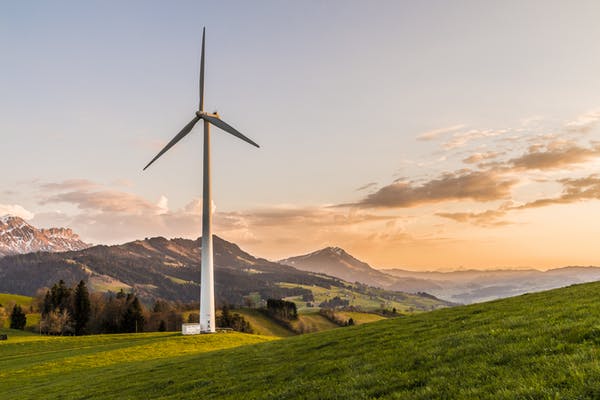Banks Peninsula The Windiest Place On Earth

The Banks Peninsula is a rugged and picturesque landform located on the eastern coast of New Zealand's South Island. The Peninsula is known for its natural beauty, wildlife, and historic significance, but it's also famous for being the windiest place on earth.
Let's explore why the Banks Peninsula is so windy, how the wind affects the local environment and tourism, and the measures taken to harness the power of wind energy.
Why is the Banks Peninsula so windy?

The Banks Peninsula is situated in a region where the prevailing winds blow from the southwest.
As the air currents move across the Southern Ocean and hit the high peaks of the Peninsula, they are forced to rise, creating an area of low pressure that draws in even more air.
This effect, known as orographic lift, causes the winds to accelerate and funnel through the narrow valleys and gorges of the Peninsula, creating gusts that can reach up to 230 km/h (143 mph).
The winds are strongest in the spring months of September to November when the temperature difference between the ocean and land is the greatest, and the air currents are most unstable.
During this time, the Banks Peninsula can experience extreme weather conditions, including heavy rain, snow, and hail, as well as storm surges that can cause significant coastal erosion.
How does the wind affect the local environment and tourism?

The strong winds that batter the Banks Peninsula have a significant impact on the local environment and tourism industry.
The wind shapes the landscape, sculpting the hills and cliffs into unique and dramatic formations, and carving deep gullies and valleys that are home to rare and endemic flora and fauna.
The wind also affects the Peninsula's marine environment, creating ideal conditions for fishing, surfing, and sailing.
The rugged coastline, with its sheltered bays and coves, provides a haven for wildlife such as penguins, seals, and dolphins, making it a popular destination for eco-tourism.
However, the wind can also be a significant challenge for visitors and residents, particularly those engaged in outdoor activities.
The gusts can make hiking and cycling hazardous, and the strong currents and waves make swimming and boating dangerous.
Harnessing the power of wind energy

Despite the challenges posed by the wind, the Banks Peninsula is also a hub of renewable energy production.
The region has a high potential for wind energy, and several wind farms have been established in the area to harness this natural resource.
The Pegasus Bay Wind Farm, located on the northern coast of the Peninsula, is one of the largest wind farms in New Zealand, with a capacity of 58.5 MW.
The wind farm consists of 52 turbines, each standing 45 meters tall, and generates enough electricity to power around 30,000 homes.
The wind farm provides a sustainable source of energy that reduces greenhouse gas emissions and helps New Zealand meet its renewable energy targets. It also creates job opportunities and contributes to the local economy.
Conclusion
The Banks Peninsula is a remarkable landform that is famous for being the windiest place on earth.
The strong winds that batter the Peninsula have a significant impact on the local environment and tourism industry, shaping the landscape, creating unique natural formations, and providing ideal conditions for outdoor activities such as surfing and sailing.
Despite the challenges posed by the wind, the Banks Peninsula is also a hub of renewable energy production, with several wind farms established in the area to harness this natural resource.
The Banks Peninsula is a testament to the power and beauty of nature and the ingenuity of humans in harnessing it for the benefit of society.
